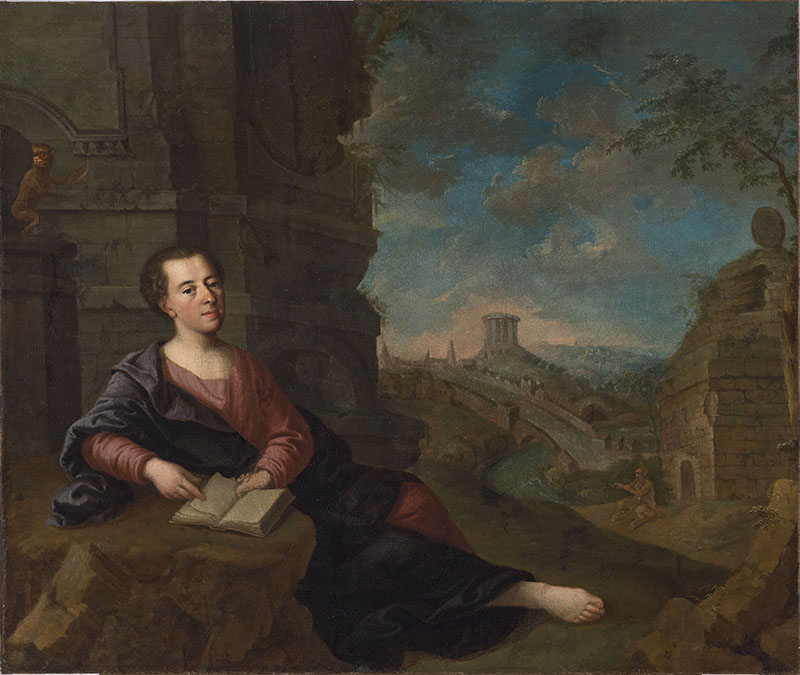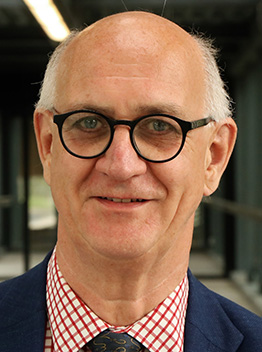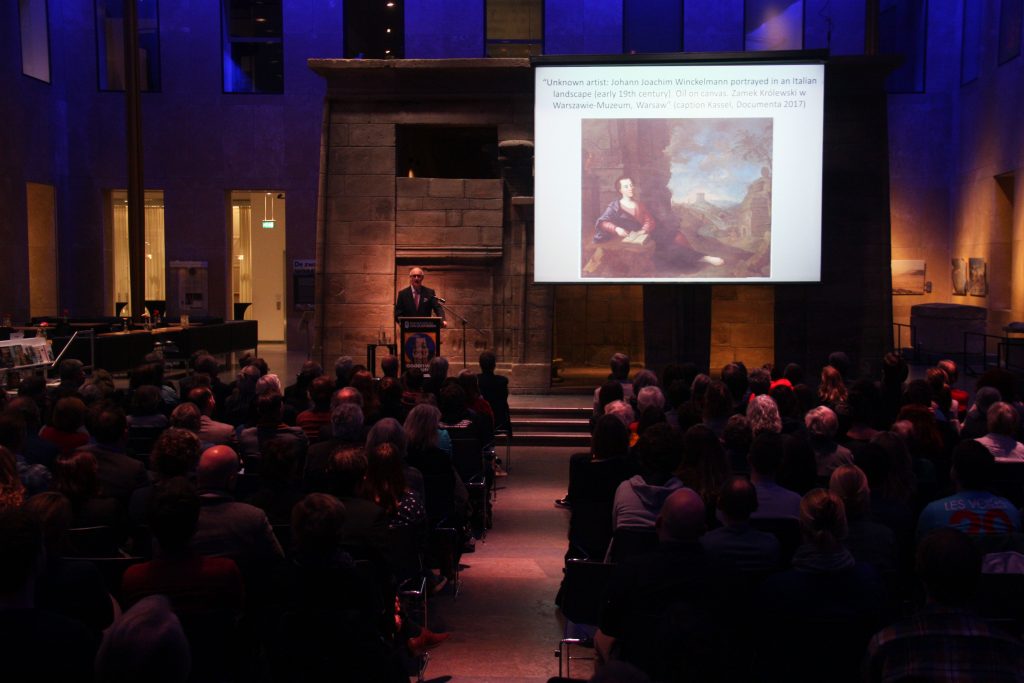TUESDAY DECEMBER 4TH 2018
AT THE NATIONAL MUSEUM OF ANTIQUITIES IN LEIDEN, THE NETHERLANDS
Prof. Eric M. Moormann
THE IMPACT OF WINCKELMANN ON EUROPE

Johann Joachim Winckelmann’s birth and death years, 1717 and 1768, were commemorated in 2017 and 2018 with a series of exhibitions, congresses, book publications, and lectures. Winckelmann is generally seen as the founder of modern archaeology thanks to his groundbreaking works on the history of Greco-Roman art. He tried to define the various ‘arts’ of Egyptians, Etruscans, Greeks, and Romans as cultural phenomena in order to explain the supremacy of Greek civilization. To achieve this ‘Lehrgebäude’ he used knowledge from history, anthropology, medicine, geography, climate and, by doing so, expanded the narrow scope of antiquarian studies. The high level of Greek art made it the only valuable example for artists. Although most of his ideas became obsolete after some decades, scholars have always acknowledged the importance of his work and have hotly debated Winckelmann’s publications.
What is more, Winckelmann has constantly fascinated a large audience with his personality. Rising from bitter poverty in Stendal (Prussia) to the status of a modest scholar in the Kingdom of Saxony around 1750, he had the chance to go to Rome in 1755. There he would work as a librarian of cardinals, advisor for the purchase of antiquities of cardinal Albani, and antiquities inspector of the pope. He was murdered in Trieste in 1768. Letters and testimonies account for vivid details about his life.
Thanks to his superb language, Winckelmann’s impact goes as far as literature. Next to his work as an archaeologist, he has been studied and recorded up to now as a persona and as an artist and poet. This talk focuses on his impact on scholarship, literature, and reception studies and on how his work has been perceived in various countries, and hopes to demonstrate why Winckelmann continues to fascinate us.

Eric M. Moormann was appointed professor of Classical Archaeology at the Radboud University Nijmegen in 2002, where he completed his PhD research in 1986 on the connection between Roman wall painting and ancient sculpture. Later he became assistant professor at the University of Amsterdam in 1987. He worked in the Netherlands Institutes in Rome (1992-1997) and Athens (2000) and carried out extensive research in Pompeii, Herculaneum, and Rome. Between 2001 and 2004, he directed fieldwork on Nemrud Dag in Turkey and since 2009 he co-directs the project ‘Mapping the Via Appia’ with his Nijmegen colleague Stephan Mols. His research focuses on Greco-Roman art, especially sculpture and wall painting, and on the history of scholarship as well as reception studies. He has (co-)organized various exhibitions and is involved in a forthcoming exhibition on the emperor Domitian in the National Museums of Antiquities in Leiden and the Musei Capitolini in Rome. Since 2001, Eric M. Moormann is editor-in-chief of the journal BABESCH.
Moormann’s publications include Ancient Sculpture in the Allard Pierson Museum Amsterdam, Amsterdam 2000; Divine Interiors. Mural Paintings in Greek and Roman Sanctuaries, Amsterdam 2011; Le decorazioni dipinte e marmoree della Domus Aurea di Nerone a Roma I-II (BABESCH Supplement 20; with P.G.P. Meyboom), Leuven/Paris/Walpole, 2013; and Pompeii’s Ashes. The Reception of the Cities Buried by Vesuvius in Literature, Music, and Drama, Boston/Berlin/München 2015.
He is a Korrespondierendes Mitglied of the German Archaeological Institute, the Koninklijke Hollandsche Maatschappij der Wetenschappen, and the Winckelmann-Gesellschaft. In 2017, Winckelmann’s birth town Stendal honoured Moormann with the Winckelmann Medal.
The evening was moderated by Prof. Miguel John Versluys (Leiden University).
